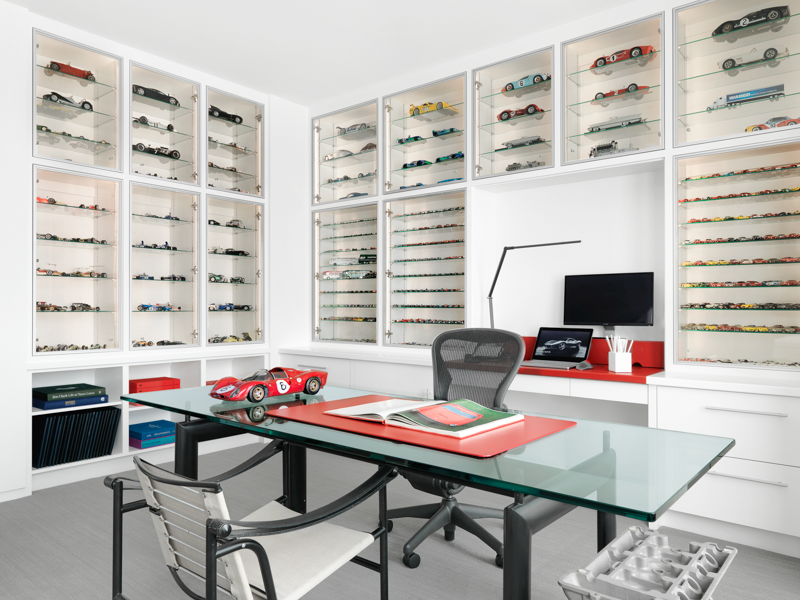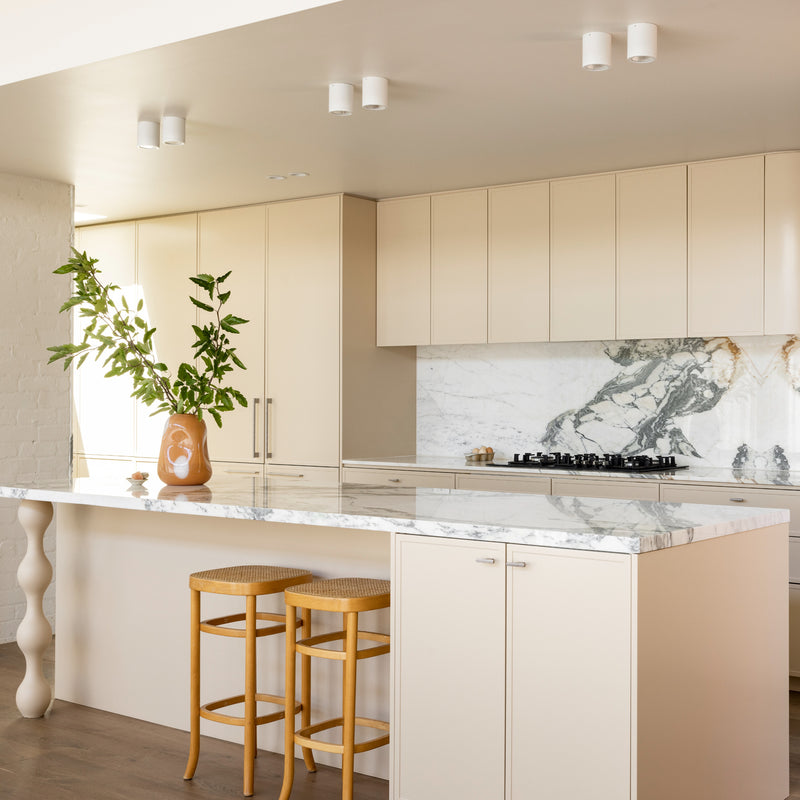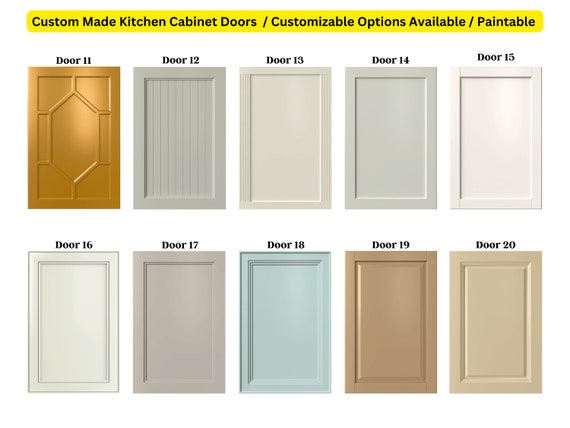All Categories
Featured
The appropriate selection of products can significantly impact your gateway's looks, resilience, and functionality. Below's a guide to selecting the ideal materials for your personalized entrance gateway.
Wooden entrances exhibit warmth and all-natural appeal, making them a preferred selection for rustic and typical layouts.
Pros:
Visual Appeal: Supplies a traditional, classy appearance that matches a range of building designs.
Personalized: Can be discolored, repainted, or sculpted to achieve a distinct design.
Eco-Friendly: Lasting choices like recovered wood reduce ecological effect.
Disadvantages:
Maintenance: Requires routine staining or sealing to protect against climate and pests.
Resilience: May warp, fracture, or rot with time without appropriate care.
![]()
Steel gateways are celebrated for their toughness and capacity to accommodate elaborate layouts.
Pros:
Toughness: Resistant to tear and put on, making it ideal for high-traffic locations.
![]()
Layout Flexibility: Suitable for both conventional functioned iron designs and contemporary, sleek designs.
Reduced Upkeep: Needs minimal maintenance with appropriate coverings to stop corrosion.
Cons:
Expense: Premium metals like functioned iron or stainless-steel can be expensive.
Heat Retention: May end up being hot to the touch in straight sunlight.
Light weight aluminum is an affordable alternative to much heavier metals, offering a contemporary appearance with low maintenance.
Pros:
Corrosion-Resistant: Perfect for locations with high humidity or coastal climates.
Lightweight: Easier to run and mount contrasted to other steels.
Inexpensive: Provides a smooth look at a lower cost.
![]()
Disadvantages:
Toughness: Less sturdy than larger steels like steel or iron.
Minimal Personalization: Not as functional for detailed designs.
Plastic entrances are known for their price and convenience of maintenance, making them a useful selection for several property owners.
Pros:
Low Upkeep: Resistant to weather, bugs, and UV rays.
Cost-efficient: Budget friendly upfront and gradually as a result of marginal maintenance.
Selection: Available in a series of colors and designs.
Cons:
Toughness: Much less tough than wood or steel and can split in extreme temperature levels.
Look: Lacks the natural look of timber or the class of steel.
Composite gateways integrate wood fibers with plastic or material to create a resilient and eye-catching choice.
Pros:
Toughness: Immune to rot, bending, and pests.
Reduced Upkeep: Doesn't need painting or staining.
Eco-Friendly: Frequently made from recycled products.
Cons:
Price: More expensive than conventional timber or vinyl.
Look: May lack the credibility of all-natural wood.
When Choosing Products,Secret Considerations.
Climate: Take into consideration how the material will certainly carry out in your local climate condition. Steel is excellent for sturdiness, while plastic functions well in moist settings.
Upkeep: Choose a material that fits your lifestyle and determination to maintain it with time.
Style: Ensure the product straightens with your home's building design and individual preference.
Budget: Variable in both ahead of time prices and lasting expenditures for repair and maintenance.
Final Thoughts
Selecting the right product for your custom-made entry gate is a crucial action in producing a practical and visually attractive entrance to your residential or commercial property. Whether you focus on the timeless charm of timber, the toughness of metal, or the functionality of plastic, there's a material to match your demands. By stabilizing appearances, longevity, and cost, you can create a customized gate that enhances your home's visual appeal while standing the test of time.
- Wood: Timeless Sophistication
Wooden entrances exhibit warmth and all-natural appeal, making them a preferred selection for rustic and typical layouts.
Pros:
Visual Appeal: Supplies a traditional, classy appearance that matches a range of building designs.
Personalized: Can be discolored, repainted, or sculpted to achieve a distinct design.
Eco-Friendly: Lasting choices like recovered wood reduce ecological effect.
Disadvantages:
Maintenance: Requires routine staining or sealing to protect against climate and pests.
Resilience: May warp, fracture, or rot with time without appropriate care.
- Metal: Stamina and Convenience

Steel gateways are celebrated for their toughness and capacity to accommodate elaborate layouts.
Pros:
Toughness: Resistant to tear and put on, making it ideal for high-traffic locations.

Layout Flexibility: Suitable for both conventional functioned iron designs and contemporary, sleek designs.
Reduced Upkeep: Needs minimal maintenance with appropriate coverings to stop corrosion.
Cons:
Expense: Premium metals like functioned iron or stainless-steel can be expensive.
Heat Retention: May end up being hot to the touch in straight sunlight.
- Light weight aluminum: Lightweight and Budget Friendly
Light weight aluminum is an affordable alternative to much heavier metals, offering a contemporary appearance with low maintenance.
Pros:
Corrosion-Resistant: Perfect for locations with high humidity or coastal climates.
Lightweight: Easier to run and mount contrasted to other steels.
Inexpensive: Provides a smooth look at a lower cost.

Disadvantages:
Toughness: Less sturdy than larger steels like steel or iron.
Minimal Personalization: Not as functional for detailed designs.
- Plastic: Practical and Budget-Friendly
Plastic entrances are known for their price and convenience of maintenance, making them a useful selection for several property owners.
Pros:
Low Upkeep: Resistant to weather, bugs, and UV rays.
Cost-efficient: Budget friendly upfront and gradually as a result of marginal maintenance.
Selection: Available in a series of colors and designs.
Cons:
Toughness: Much less tough than wood or steel and can split in extreme temperature levels.
Look: Lacks the natural look of timber or the class of steel.
- Compound Products: The Finest of Both Globes
Composite gateways integrate wood fibers with plastic or material to create a resilient and eye-catching choice.
Pros:
Toughness: Immune to rot, bending, and pests.
Reduced Upkeep: Doesn't need painting or staining.
Eco-Friendly: Frequently made from recycled products.
Cons:
Price: More expensive than conventional timber or vinyl.
Look: May lack the credibility of all-natural wood.
When Choosing Products,Secret Considerations.
Climate: Take into consideration how the material will certainly carry out in your local climate condition. Steel is excellent for sturdiness, while plastic functions well in moist settings.
Upkeep: Choose a material that fits your lifestyle and determination to maintain it with time.
Style: Ensure the product straightens with your home's building design and individual preference.
Budget: Variable in both ahead of time prices and lasting expenditures for repair and maintenance.
Final Thoughts
Selecting the right product for your custom-made entry gate is a crucial action in producing a practical and visually attractive entrance to your residential or commercial property. Whether you focus on the timeless charm of timber, the toughness of metal, or the functionality of plastic, there's a material to match your demands. By stabilizing appearances, longevity, and cost, you can create a customized gate that enhances your home's visual appeal while standing the test of time.
Latest Posts
Preventative Maintenance at Montclare Auto Repair: Extend Your Vehicle in Top Shape
Published Apr 16, 25
2 min read
A Dream Wedding Celebration Experience at FunCity Hotel
Published Apr 16, 25
1 min read
Why Choose NAPA AutoCare? Montclare Auto Repair Breaks It Down
Published Apr 15, 25
2 min read
More
Latest Posts
Preventative Maintenance at Montclare Auto Repair: Extend Your Vehicle in Top Shape
Published Apr 16, 25
2 min read
A Dream Wedding Celebration Experience at FunCity Hotel
Published Apr 16, 25
1 min read
Why Choose NAPA AutoCare? Montclare Auto Repair Breaks It Down
Published Apr 15, 25
2 min read